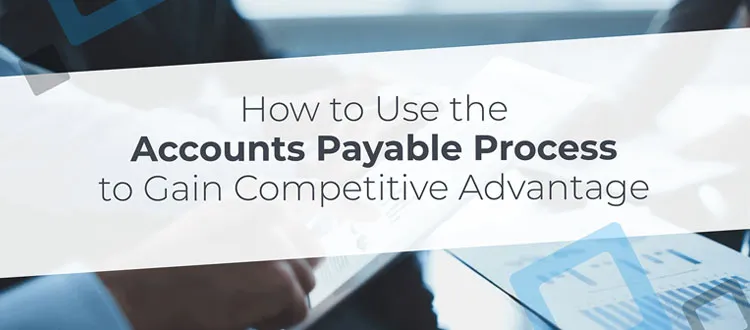When managing a company’s finances, the term “accounts payable” is frequently used. Any business owner ought to have a clear understanding of what it means and how it applies to their own business due to the significant role it plays in settling business transactions. We provide you with a comprehensive explanation of accounts payable and some useful advice for managing your accounts payable in this article.
Financial accounting is the source of the term “accounts payable,” which refers to the subfield of accounting that deals with the invoicing of services by creditors—i.e., suppliers, vendors, and service providers who work for a company (on a retainer or ad hoc basis). Contrast accounts payable with accounts receivable, which records and processes a company’s services to customers or other businesses.
The overall objective of accounts payable is to keep good relationships with vendors. The crucial responsibility of keeping track of all outstanding invoices and making timely payments falls under the purview of accounts payable, which collaborates closely with purchasing at all times. Only by doing this can you guarantee that goods and services will arrive on time and that the procurement process will run smoothly.
A better way to manage your money
Large businesses aren’t the only ones who have to deal with a lot of accounts payable. Small and start-up businesses can also benefit from a clear accounts payable system for keeping track of everything. After all, nothing is more aggravating than having to deal with late finances or unhappy suppliers.
Let’s investigate accounts payable in greater detail now that we have this basic understanding!
What is AP, or accounts payable?
An organization’s due payments to its suppliers or vendors for goods or services received but not yet paid for are referred to as accounts payable (AP). An account in the general ledger that represents a company’s obligation to pay off a short-term debt to its creditors or suppliers is referred to as AP in accounting.
The business division or department in charge of repaying the company’s debts to suppliers and other creditors can also be referred to as AP. As a result, AP is in charge of managing AP! In this article, we will discuss both definitions of the term.
A company’s purchasing and accounts payable are closely linked; It provides an overview of external service providers and suppliers, their range of services, and order processing methods. In larger businesses, the accountant/accounting team is responsible for handling procedures related to incoming invoices, whereas in smaller ones, there may be a separate accounts payable department. They do this by recording the full company name, address, tax code, and, if necessary, additional information about discounts, payment terms, and regular rebates.
The Accounts Payable Procedure
When an organization receives invoices from its suppliers, they are typically paginated and stamped with a receipt number to indicate the date, either on printed copies or online invoices that are tracked using a digital system. Additionally, accounts payable assigns a unique sequential number to each incoming invoice. Then, a check is needed to make sure that the facts are correct and that the amount that was invoiced is correct. The accounts payable clerks in larger businesses collaborate closely with the departments in charge of ordering the appropriate goods and services. On the incoming invoice, the result of the invoice verification is recorded with a checkmark and a name abbreviation.
All incoming invoices are paid on time by accounts payable. Additionally, care must be taken to ensure that cash discounts, rebates, or quality defects are not deducted. A payment proposal list is compiled by accounts payable clerks in larger businesses. Another employee must countersign it to ensure compliance with the dual control principle. The amounts to be transferred and the creditors’ bank information are on this list. Almost all bank transfers now take place online, and automated data exchange via APIs is used for larger amounts.
The incoming invoice’s account assignment is also handled by the accounts payable department. It creates the posting record for the expense account and vendor account that correspond. Since meaningful cost-performance accounting and control can only be achieved by allocating the incoming invoice to the appropriate expense accounts, this task is especially important. When posting, the control key that is typically stored in the vendors’ master data must be taken into consideration. Value Added Tax (VAT), sales tax, and other applicable taxes are included in suppliers’ invoices for their products and services. The receiving company can deduct the VAT amounts invoiced in this manner as input tax from its payable tax burden in the case of VAT. As a result, the VAT included in new invoices becomes a temporary charge that has no effect on the company’s profits.
